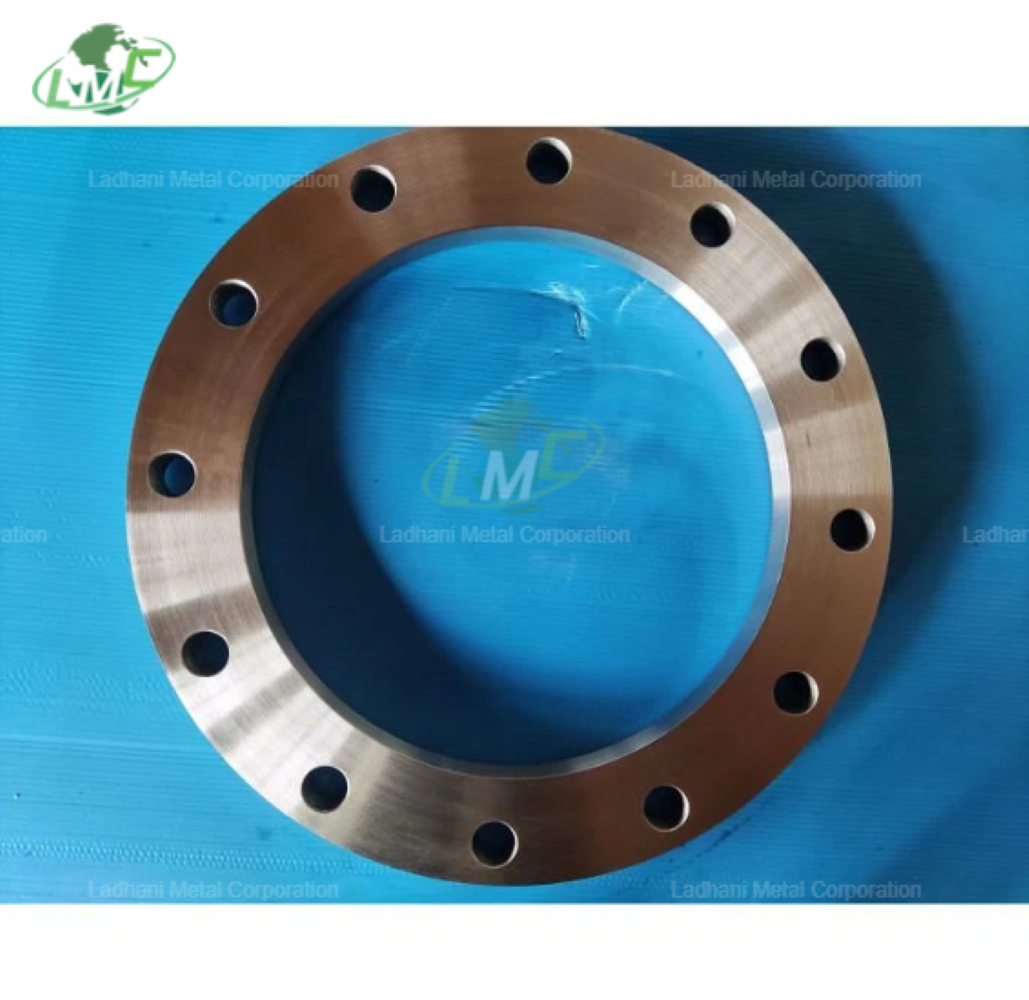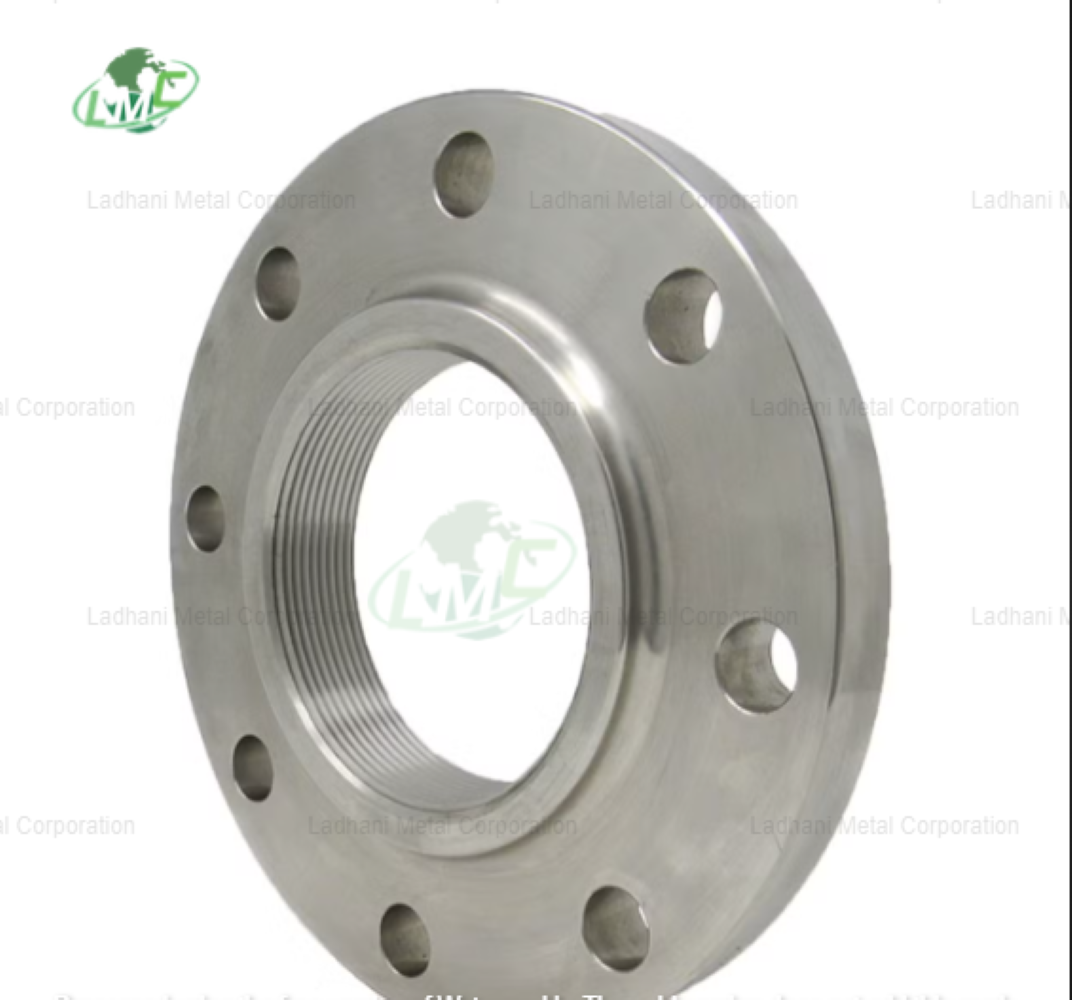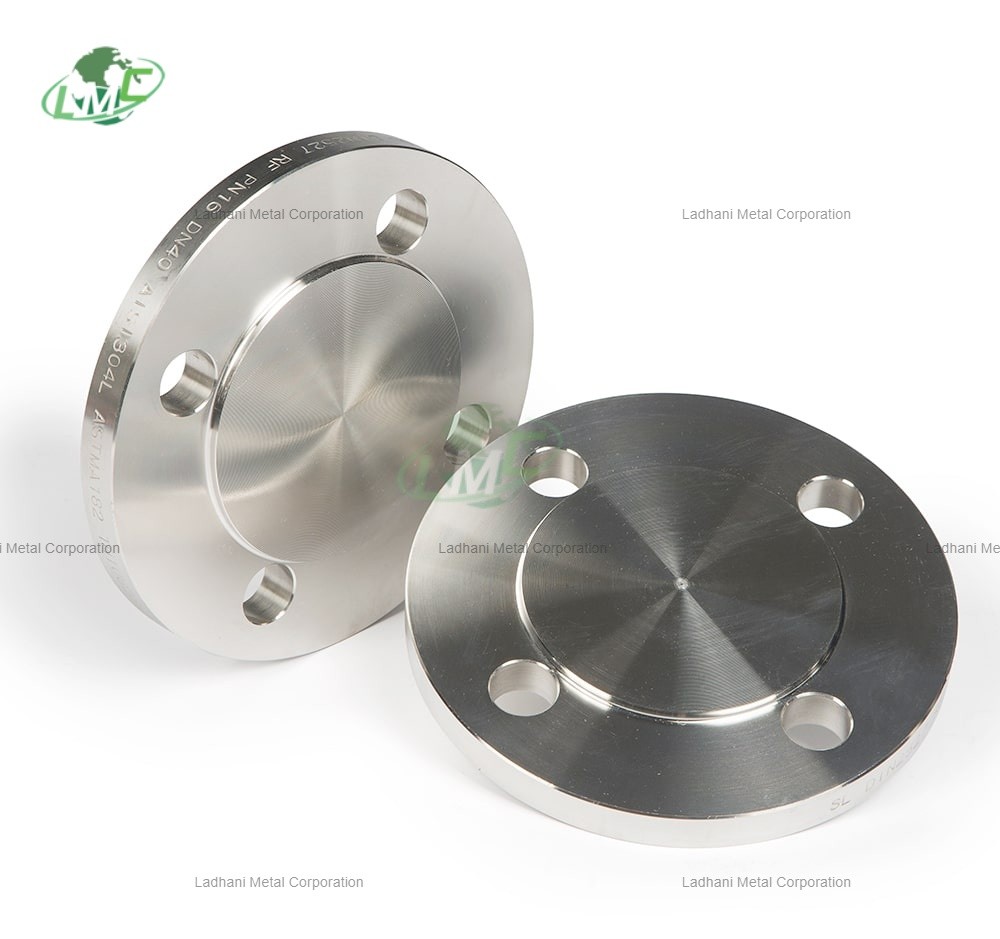DIN 2573 Inconel Flanges PN 6 are precision-manufactured low-pressure plate flanges made from high-performance Inconel alloys, specifically engineered for highly corrosive and thermally challenging environments. Compliant with DIN 2573 standards, these flanges are ideally suited for low-pressure applications that demand exceptional resistance to oxidation, acids, and high-temperature stress. Inconel’s unique properties make these flanges suitable for aggressive processing systems in industries such as chemical manufacturing, petrochemicals, marine, power generation, and aerospace. Ladhani Metal Corporation is a recognized manufacturer and global supplier of Inconel alloy flanges, delivering premium-quality components built to international specifications. The DIN 2573 plate flange design ensures straightforward installation while providing excellent sealing reliability, especially in environments where conventional materials may degrade rapidly. Pressure Rating: • PN 6 (6 bar / 87 psi): Designed for low-pressure systems that operate under harsh chemical, thermal, or oxidative conditions, providing long-term durability and consistent performance. Flange Types: • Plate Flanges Flat-ring type flanges used in systems where welding and bolting are required, with gasket sealing for low-pressure flow lines. • Flat Face (FF) Flanges Used with flat gaskets and mating surfaces, especially in brittle or cast systems where full contact and load distribution are critical. • Slip-On Flanges Ease of installation and alignment with the pipe make these ideal for maintenance-friendly or modular low-pressure piping. • Custom-Machined Flanges Precision-machined to customer-defined sizes, Inconel grades, drilling standards, and flange face finishes. Inconel Grades and Composition: 1. Inconel 600 (UNS N06600) Composition: • Nickel (Ni): ≥ 72% • Chromium (Cr): 14.0 – 17.0% • Iron (Fe): 6.0 – 10.0% • Manganese (Mn), Silicon (Si), Carbon (C): Trace amounts Applications: Commonly used in heat exchangers, furnace components, and food processing equipment exposed to high temperatures and oxidizing chemicals. 2. Inconel 625 (UNS N06625) Composition: • Nickel (Ni): ≥ 58.0% • Chromium (Cr): 20.0 – 23.0% • Molybdenum (Mo): 8.0 – 10.0% • Niobium (Nb): 3.15 – 4.15% Applications: Ideal for seawater equipment, chemical processing plants, aerospace exhaust systems, and nuclear reactors due to excellent resistance to pitting, crevice corrosion, and stress corrosion cracking. 3. Inconel 718 (UNS N07718) Composition: • Nickel (Ni): 50.0 – 55.0% • Chromium (Cr): 17.0 – 21.0% • Iron (Fe): Balance • Molybdenum (Mo): 2.8 – 3.3% • Niobium (Nb): 4.75 – 5.5% • Titanium (Ti): 0.65 – 1.15% • Aluminum (Al): 0.2 – 0.8% Applications: Primarily used in aerospace, gas turbines, and cryogenic systems due to its exceptional high-temperature strength, oxidation resistance, and good weldability. It is ideal for use in extreme thermal environments, such as turbine engines and high-pressure systems. Applications of DIN 2573 Inconel Flanges: • Chemical and Acid Processing Plants: Withstand highly corrosive chemicals such as nitric, hydrochloric, and sulfuric acid under thermal cycling. • Power Generation and Heat Exchangers: Resist oxidation and high-temperature fatigue in boiler feed systems, turbine piping, and condensate lines. • Marine and Offshore Installations: Provide excellent resistance to seawater, salt spray, and chloride-induced stress corrosion cracking. • Aerospace and Jet Engine Systems: Used in fuel, exhaust, and cooling systems where heat and corrosion resistance are critical. • Environmental and Waste Treatment Facilities: Endure aggressive chemical waste, thermal gradients, and acidic sludges in scrubbing and exhaust ducting systems. Key Features: • Designed according to DIN 2573 standards • PN 6 rating for low-pressure service with high chemical and thermal loads • Outstanding resistance to acids, chlorides, oxidation, and high temperatures • Available in Inconel 600, 625, 718, and other high-nickel alloys • Low maintenance and long service life in corrosive environments • Machinable for customized face types and bolt hole configurations Conclusion: DIN 2573 Inconel Flanges PN 6 from Ladhani Metal Corporation are engineered for performance in chemically aggressive and thermally intense low-pressure systems. With superior corrosion and heat resistance, these flanges are a critical component in applications where traditional materials fail. For specific alloy recommendations, custom dimensions, or technical support, contact Ladhani Metal Corporation today.
Send Message








